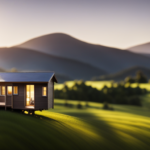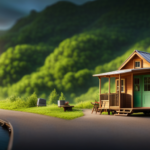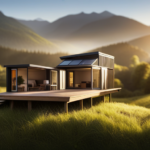Beginners Guides
How Much Does A Tiny House On Wheels Cost
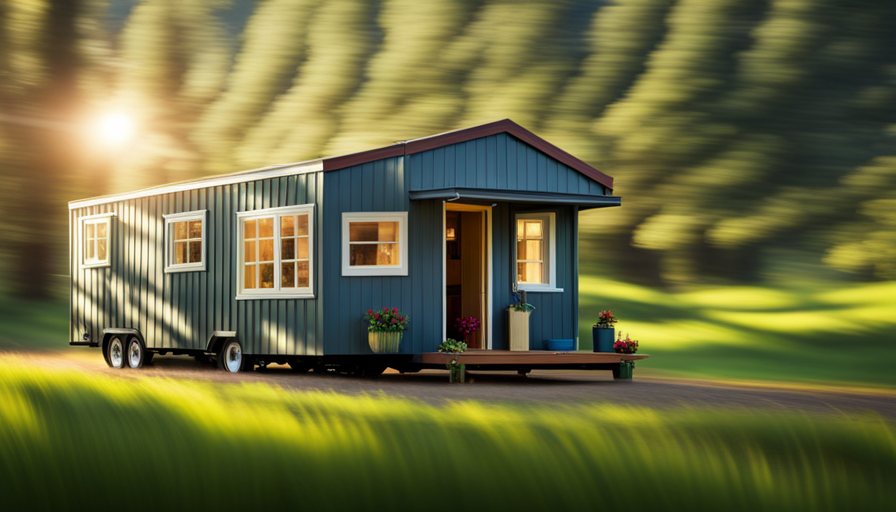
What is the cost of a tiny house on wheels?
This burning question has captivated the minds of many aspiring homeowners looking to downsize and embrace a simpler, more sustainable lifestyle. With the growing popularity of tiny houses on wheels, it’s crucial to delve into the nitty-gritty details and crunch the numbers before embarking on this unique housing journey.
In this article, we will explore the financial aspects of owning a tiny house on wheels, considering factors such as budget, size, design, building materials, labor costs, customizations, financing options, and even long-term financial benefits. By analyzing the data and unraveling the intricacies of tiny house costs, we aim to provide you with a comprehensive understanding of the financial commitment required for this alternative housing option.
So, let’s dive into the realm of tiny house economics and discover the true cost of turning a dream into a reality.
Key Takeaways
- Factors to consider when owning a tiny house on wheels include budget, size, design, building materials, labor costs, customizations, financing options, and long-term financial benefits.
- Thoroughly research and budget for all costs including materials, labor, permits, customization, maintenance, insurance, and parking fees.
- Consider size, design, and building materials carefully, as they can significantly impact the overall cost.
- Explore financing options and loans tailored for tiny houses on wheels, and compare lenders and loan programs for favorable terms.
Consider Your Budget and Financial Situation
Are you wondering how much a tiny house on wheels will set you back and if it’s within your budget? Budgeting tips and financial planning are crucial when considering the cost of a tiny house on wheels.
Before diving into the details, take a close look at your financial situation and determine how much you can afford to spend on your tiny house. Consider your income, expenses, and any existing debts or financial obligations. It’s important to be realistic and ensure that you won’t be financially strained by this investment.
Once you have a clear understanding of your budget, you can start exploring the various costs associated with a tiny house on wheels. This includes the cost of materials, labor, permits, and any additional features or customization you desire. Conduct thorough research and gather quotes from builders to get a better idea of the potential expenses.
Remember, budgeting for a tiny house on wheels is not just about the initial cost. You should also factor in ongoing expenses such as maintenance, insurance, and parking fees if you plan to live in a community or on someone else’s property.
By carefully considering your budget and financial situation, you can make an informed decision about whether a tiny house on wheels is feasible for you. Once you have a clear understanding of the financial aspect, you can move on to determining the size and design of your tiny house.
Determine the Size and Design of Your Tiny House
Deciding on the dimensions and style of my compact abode, have you ever envisioned the quaint charm of a cottage nestled on wheels?
When determining the size and design of your tiny house, it’s essential to consider both the cost of materials and size considerations. The cost of materials will vary depending on the size of your tiny house. Generally, the larger the house, the more materials will be required, and thus, the higher the cost. It’s important to carefully plan and budget for the cost of materials, as this can significantly impact your overall budget.
Size considerations are also crucial when designing your tiny house. The size of your tiny house will determine its functionality and livability. You must carefully consider your needs and lifestyle when determining the size of your tiny house. Additionally, local zoning regulations and building codes may have limitations on the maximum size of a tiny house on wheels, so it’s essential to research these requirements before finalizing your design.
As you consider the size and design of your tiny house, it’s crucial to research different building materials and their costs. This will allow you to make informed decisions and ensure that your budget aligns with your vision for your compact abode.
Research Different Building Materials and Their Costs
When researching different building materials for your compact abode, envision the beauty and durability of reclaimed wood and the rustic charm it can bring to your tiny house on wheels. Reclaimed wood is an excellent option for those seeking sustainable and eco-friendly materials. It not only adds character to your tiny home but also helps reduce the carbon footprint.
Other building material options include steel and concrete, which offer strength and durability. However, these materials may be more expensive compared to reclaimed wood.
When considering the cost of different building materials, it’s important to compare their prices. Reclaimed wood can vary in cost depending on factors such as the type of wood, its condition, and the supplier. Steel, on the other hand, is generally more expensive due to its structural properties. Concrete can also be costly, especially if you opt for high-quality mixes or decorative finishes.
To make an informed decision about the building materials for your tiny house on wheels, consider your budget and priorities. Reclaimed wood may be a more affordable and environmentally friendly option, while steel and concrete offer durability and strength. Factor in labor and construction costs to determine the overall expenses for your project.
Next, we’ll explore how these costs can impact your budget.
Factor in Labor and Construction Costs
Considering labor and construction costs is crucial to ensuring the financial feasibility of your compact abode project and avoiding any unexpected expenses. Labor and construction costs can significantly impact the overall price of a tiny house on wheels. To accurately estimate these costs, a cost breakdown analysis is necessary.
Labor costs encompass the wages of the builders and contractors involved in the construction process. The complexity of the design and the level of customization required can influence these costs. Additionally, the location of the build and the availability of skilled labor may also affect labor expenses.
Construction costs include the materials needed to build the tiny house on wheels. This encompasses everything from the foundation and framing to the roofing and insulation. The specific materials chosen can greatly impact the overall cost. For example, high-end finishes and eco-friendly materials may be more expensive.
To accurately determine labor and construction costs, it’s essential to obtain detailed quotes from contractors and suppliers. Comparing multiple quotes can help identify the most cost-effective options while still maintaining quality.
By thoroughly considering labor and construction costs, you can ensure that your budget for customizations and additional features aligns with your overall financial plan. This will help you create the perfect tiny house on wheels without breaking the bank.
Budget for Customizations and Additional Features
Plan for your dream features and personal touches, ensuring that your budget allows for the perfect finishing touches that make your compact abode uniquely yours. Customization expenses and additional feature costs should be taken into account when determining the overall cost of your tiny house on wheels. These expenses can vary greatly depending on your preferences and the complexity of the customizations.
To help you understand the potential costs involved, consider the following table:
| Customization/Additional Feature | Average Cost |
|---|---|
| Upgraded kitchen appliances | $2,000 |
| Solar panels | $5,000 |
| Built-in storage solutions | $1,500 |
| High-end bathroom fixtures | $3,000 |
| Outdoor deck or patio | $2,500 |
Keep in mind that these are just average costs and can vary based on factors such as the quality of materials used and the level of customization desired. It’s important to carefully consider which features are essential to your lifestyle and prioritize them within your budget.
As you plan for customizations and additional features, don’t forget about utilities and hookups. These necessary components can add to the overall cost of your tiny house on wheels, so it’s important to factor them in when budgeting.
Don’t Forget About Utilities and Hookups
Make sure you don’t overlook the importance of utilities and hookups, as they can be a significant expense when setting up your compact home on wheels. When considering the cost of a tiny house on wheels, it’s important to factor in the expenses associated with utilities such as electricity, water, and sewage.
Depending on your location and preferences, there are a variety of options to consider. Off-grid alternatives, for example, allow you to live completely self-sufficiently without relying on traditional utilities. These options may include solar panels for electricity, rainwater collection systems for water, and composting toilets for sewage. While these alternatives can be more expensive initially, they offer long-term cost savings and a more sustainable lifestyle.
In addition to off-grid alternatives, there are also sustainable living options that can help reduce utility costs. For example, energy-efficient appliances and insulation can significantly lower your electricity bill. Additionally, using sustainable building materials and designing your tiny house with energy-efficient principles in mind can further reduce your environmental impact and utility expenses.
When researching financing options and loans for your tiny house on wheels, it’s important to consider the cost of utilities and hookups. Understanding the potential expenses associated with utilities will help you determine your budget and ensure you can afford all aspects of your compact home on wheels.
Research Financing Options and Loans
To find the best financing options and loans for your compact home on wheels, you’ll need to research and explore different lenders and programs available to make your dreams of a mobile lifestyle a reality.
Start by considering financing options specifically tailored for tiny houses on wheels. Some lenders offer loans specifically for these types of homes, which can help simplify the borrowing process. Look for loan terms that suit your financial situation and goals. Consider the interest rate, repayment period, and any potential fees associated with the loan.
It’s essential to compare different lenders and loan programs to find the most favorable terms. Look for lenders who have experience with financing tiny houses on wheels and understand the unique considerations associated with them. Additionally, explore government-backed loan programs, such as FHA loans, which can offer more flexible terms and lower down payment requirements.
When researching financing options, be sure to consider your credit score and financial history. Lenders will review these factors when determining your loan eligibility and interest rate. Taking steps to improve your credit score beforehand can help you secure better loan terms.
Once you have a clear understanding of your financing options and have chosen the most suitable loan, you can transition into considering the cost of land or parking for your tiny house.
Consider the Cost of Land or Parking for Your Tiny House
If you’re ready to embark on your mobile lifestyle, finding the perfect piece of land or parking spot for your compact home on wheels will be a serendipitous adventure. However, it’s important to consider the cost of parking and any zoning regulations that may impact your choice.
The cost of parking for a tiny house on wheels can vary greatly depending on the location and amenities available. Some areas may offer dedicated tiny house communities or RV parks that cater specifically to mobile homes, while others may require you to rent or purchase a plot of land. It’s important to research the costs associated with each option and factor them into your overall budget.
Additionally, zoning regulations can also affect where you can park your tiny house. Some areas have specific regulations regarding the size and type of structures that can be parked on private property, while others may restrict parking to designated areas. Understanding these regulations can help you avoid any potential legal issues or fines.
Once you have considered the cost of land or parking for your tiny house, the next step is to calculate maintenance and upkeep costs.
Calculate Maintenance and Upkeep Costs
Once you’ve settled into your dream tiny home, it’s essential to consider the ongoing expenses that come with maintaining and keeping up your cozy living space. While tiny houses on wheels are generally more cost-effective than traditional homes, there are still some maintenance and upkeep costs to take into account.
One of the cost-saving tips for maintaining a tiny house on wheels is to invest in high-quality materials and appliances from the start. This may seem like a larger upfront expense, but it can save you money in the long run by reducing the need for frequent repairs or replacements.
Another potential hidden expense is insurance. While tiny houses on wheels may be less expensive to insure compared to larger homes, it’s still important to factor in this cost. Shop around for the best insurance rates and consider bundling your tiny house insurance with your auto or other policies to save money.
Regular maintenance tasks such as cleaning, painting, and sealing should also be accounted for. These tasks not only keep your tiny house looking its best but also help prevent more costly repairs down the line.
While there are ongoing expenses associated with maintaining a tiny house on wheels, there are also cost-saving tips that can help mitigate these costs. By investing in quality materials, finding affordable insurance, and staying on top of regular maintenance, you can enjoy the benefits of tiny house living without breaking the bank.
Now, let’s explore the long-term financial benefits of living in a tiny house on wheels.
Explore the Long-Term Financial Benefits of Living in a Tiny House on Wheels
Consider the numerous long-term financial advantages that come with residing in a compact dwelling on wheels. When it comes to tiny houses on wheels, the cost savings can be significant.
One of the main benefits is the long-term savings on housing expenses. With a tiny house, you can drastically reduce or even eliminate mortgage payments, property taxes, and utility bills. This can free up a significant portion of your income, giving you more financial freedom and independence.
In addition to housing expenses, maintenance and upkeep costs are also much lower with a tiny house on wheels. Since these homes are smaller and more efficient, they require less maintenance and fewer repairs. This can save you a substantial amount of money in the long run.
Furthermore, the smaller size of a tiny house means you’ll have fewer belongings, which can lead to lower expenses for furniture, appliances, and other household items.
Living in a tiny house on wheels also allows you to save money on transportation. With the ability to move your home wherever you desire, you can avoid the costs of commuting or relocating to a new area. This flexibility can provide you with opportunities for job changes or travel without the burden of high moving costs.
Overall, residing in a tiny house on wheels offers long-term financial benefits such as savings on housing expenses, reduced maintenance costs, and the ability to save money on transportation. These advantages can lead to greater financial independence and a more secure future.
Frequently Asked Questions
What are some common financing options and loans available for building a tiny house on wheels?
There are various financing options and loans available for building a tiny house on wheels. Some common options include personal loans, RV loans, and construction loans specifically designed for tiny house projects.
How much does land or parking typically cost for a tiny house on wheels?
Buying land or finding parking for a tiny house on wheels can be a challenge and costly. Factors such as location, size, and zoning regulations greatly influence the cost. Additionally, insurance costs may vary depending on the area and the coverage needed.
Are there any maintenance and upkeep costs associated with living in a tiny house on wheels?
Living in a tiny house on wheels incurs maintenance costs, which depend on factors like size and materials. However, the energy efficiency of these houses can help reduce long-term maintenance expenses, making them a cost-effective option.
What are some long-term financial benefits of living in a tiny house on wheels?
Long term financial benefits of living in a tiny house on wheels include reduced utility bills, lower maintenance costs, and potential for rental income. Additionally, it promotes environmental sustainability by minimizing energy consumption and reducing carbon footprint.
What are some potential customizations and additional features that can be budgeted for in a tiny house on wheels?
Some potential customizations and additional features for a tiny house on wheels include solar panels, composting toilets, and custom storage solutions. These options can be budgeted for to enhance the functionality and sustainability of the tiny house.
Conclusion
In conclusion, after carefully considering the budget, size, design, building materials, labor, customizations, financing options, land or parking costs, maintenance, and long-term financial benefits, it’s evident that a tiny house on wheels offers a cost-effective alternative to traditional housing.
By embracing the minimalist lifestyle, individuals can achieve financial freedom and a sense of liberation. The allusion to the ‘less is more’ philosophy underscores the value and practicality of tiny house living, making it a compelling choice for those seeking a more sustainable and affordable way of life.
Hi, I’m Emma. I’m the Editor in Chief of Tiny House 43, a blog all about tiny houses. While tree houses are often associated with childhood, they can be the perfect adult retreat. They offer a cozy space to relax and unwind, surrounded by nature. And since they’re typically built on stilts or raised platforms, they offer stunning views that traditional homes simply can’t match. If you’re looking for a unique and romantic getaway, a tree house tiny house might just be the perfect option.
Beginners Guides
How Do I Get Rid of Tiny White Bugs on My House Plants

- Health risks associated with tiny white bugs on house plants.
- Effective methods to prevent infestations of tiny white bugs on house plants
I am facing a small white insect issue with my indoor plants, and it is really frustrating me! These annoying bugs seem to be multiplying quickly, causing damage to my precious plants.
But fear not, my fellow plant enthusiasts, for I’ve done my research and found some effective solutions to eliminate these unwelcome guests.
In this article, I’ll share with you the knowledge and remedies I’ve discovered, so you too can reclaim your bug-free, thriving indoor garden.
Key Takeaways
- Aphids, mealybugs, and whiteflies are common types of tiny white bugs found on house plants.
- Lack of proper plant care, overwatering, and bringing infested plants indoors can lead to bug infestations.
- Homemade insecticides using water and dish soap or neem oil can suffocate and disrupt the feeding patterns of pests.
- Regular cleaning and inspection routines help detect and address pest issues early on.
Identifying the Tiny White Bugs on Your House Plants
I can easily spot the tiny white bugs on my house plants by carefully examining the leaves and stems. The most common species of these pests found on house plants are aphids, mealybugs, and whiteflies.
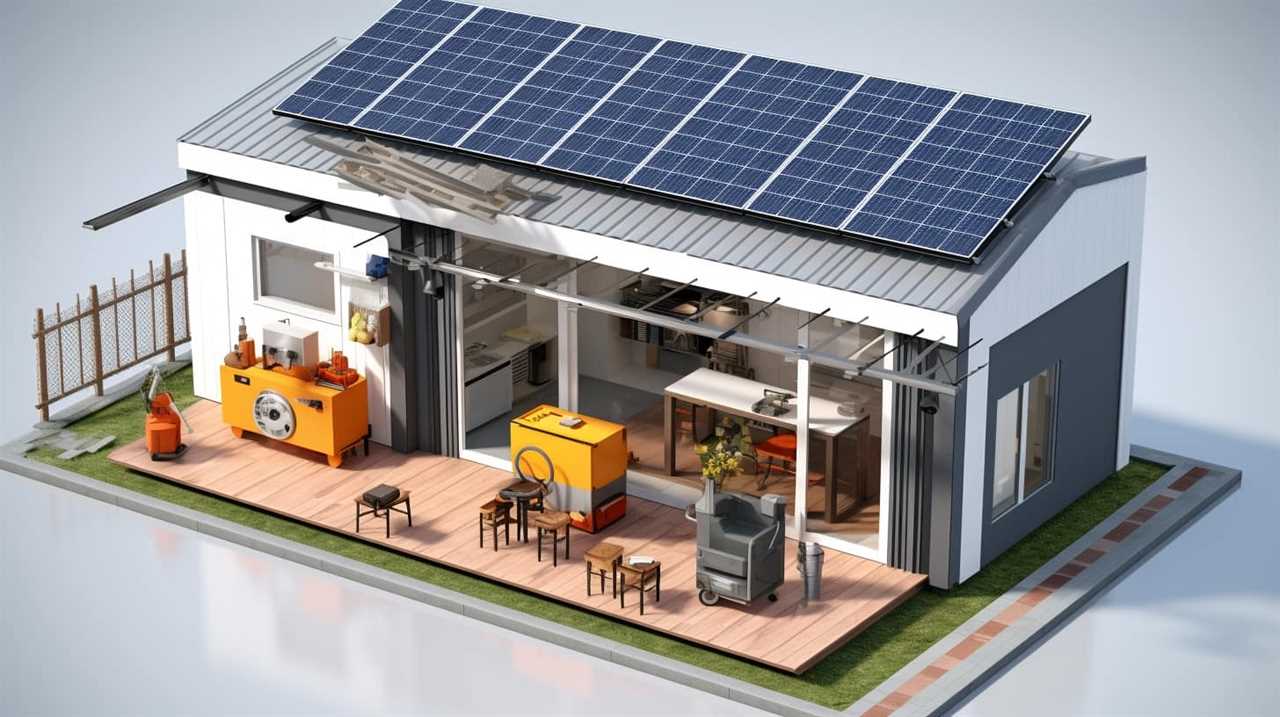
Aphids are small, pear-shaped insects that cluster on new leaves and buds.
Mealybugs are covered in a white, waxy substance and can be found on the undersides of leaves and in leaf axils.
Whiteflies, as the name suggests, are tiny white insects that fly around when disturbed.
An infestation of these tiny white bugs can cause significant damage to your house plants. Signs of infestation include yellowing leaves, stunted growth, distorted foliage, and a sticky residue called honeydew on the leaves. Furthermore, these pests can transmit plant diseases, weaken the plant’s immune system, and attract other pests.
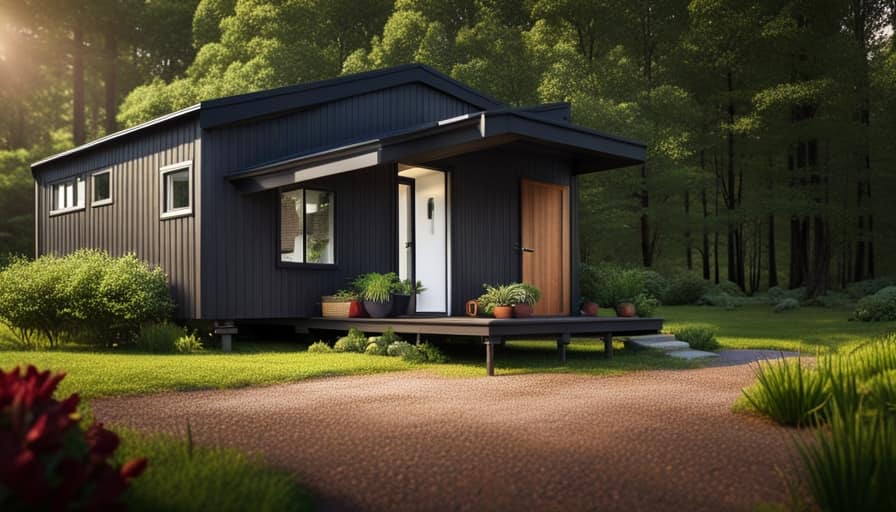
Understanding the causes of infestation is crucial in effectively getting rid of these tiny white bugs on your house plants.
Understanding the Causes of Infestation
Understanding the causes of infestation is essential in effectively eliminating these tiny white bugs on my house plants. Here are a few key factors to consider:
- Lack of proper plant care: Neglecting to provide adequate water, sunlight, and nutrients can weaken plants, making them more susceptible to bug infestations.
- Overwatering: Excessive moisture can create a favorable environment for pests like aphids and mealybugs.
- Bringing infested plants indoors: Introducing plants from outside without proper inspection can bring unwanted bugs into your home.
Recognizing the signs of bug damage is crucial for preventing infestation. Look out for yellowing, wilting leaves, sticky residue on leaves and stems, and tiny white bugs crawling on the plant’s surface.
Now that we understand the causes of infestation, let’s explore natural remedies to eliminate these pesky bugs.
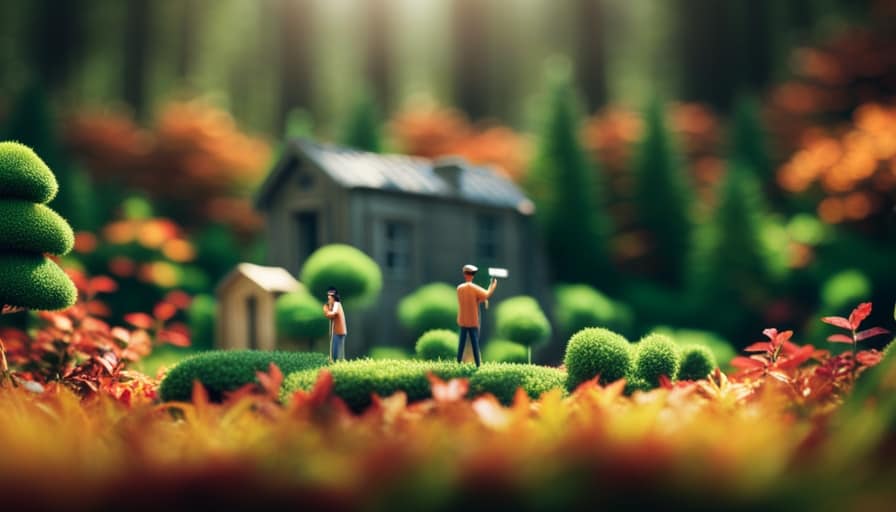
Natural Remedies to Eliminate the Bugs
To effectively get rid of these tiny white bugs on my house plants, I’ll need to rely on natural remedies that can eliminate them without harming the plants.
One effective option is to create homemade insecticides using ingredients readily available in your kitchen. You can mix a solution of water and dish soap, or water and neem oil, and spray it directly on the affected plants. These solutions work by suffocating the pests and disrupting their feeding patterns.
Another natural approach is to introduce insect-repelling plants into your garden. Plants like lavender, mint, and marigold emit fragrances that repel insects, keeping them away from your precious plants.
Chemical Solutions for a Lasting Bug-Free Environment
One effective chemical solution for achieving a bug-free environment is using a professional-grade insecticide spray. These sprays are specifically formulated to target and eliminate pests, including tiny white bugs on house plants. When using a professional-grade insecticide spray, it’s important to follow the instructions provided by the manufacturer to ensure safe and effective use.
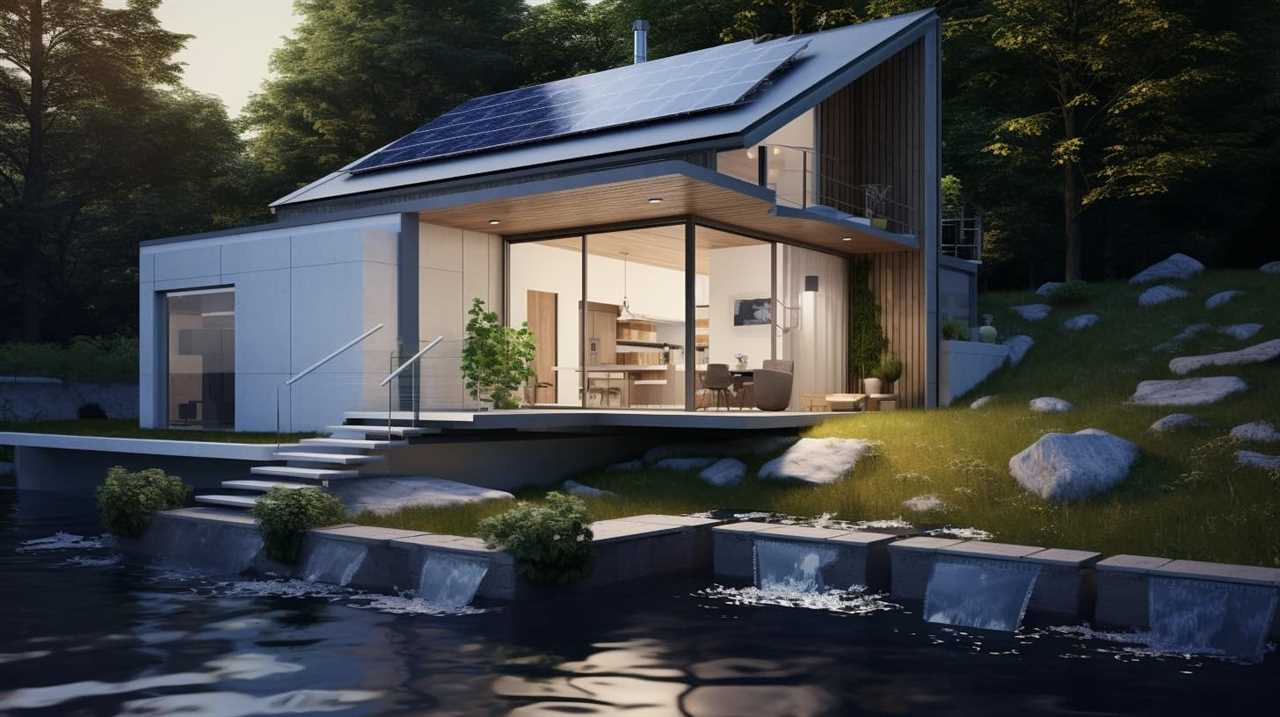
Additionally, consider these non-toxic alternatives to chemical solutions for pest control:
-
Neem oil: Derived from the neem tree, neem oil is a natural insecticide that can be effective against a wide range of pests. It works by disrupting the insect’s life cycle and repelling them from plants.
-
Insecticidal soap: Made from potassium salts of fatty acids, insecticidal soap works by suffocating pests on contact. It’s safe to use on most plants and can be an effective solution against white bugs.
-
Diatomaceous earth: This powdery substance is made from fossilized remains of diatoms and acts as a desiccant, drying out and killing insects.
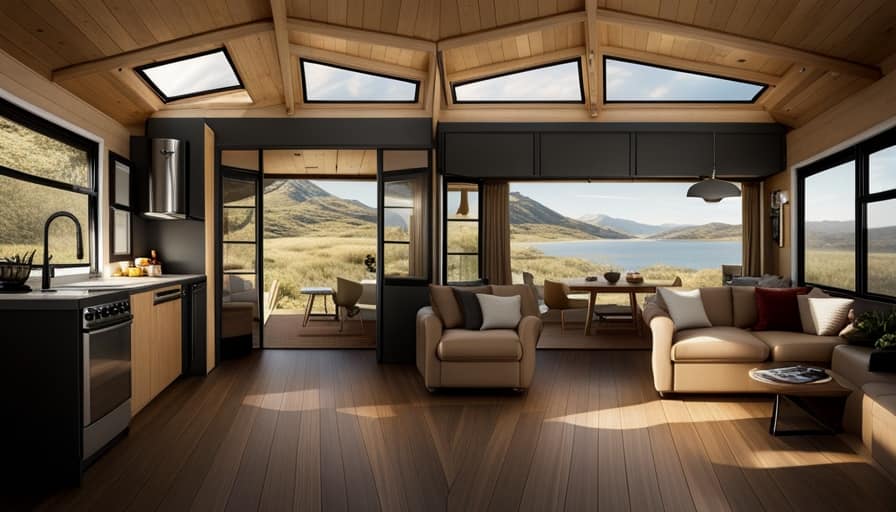
When using any chemical solution or non-toxic alternative, it’s essential to monitor the plants closely and repeat the treatment as necessary to maintain a bug-free environment. Professional pest control services can also provide expert guidance and assistance in achieving long-lasting results.
Preventing Future Infestations and Maintaining Healthy House Plants
To effectively prevent future infestations and maintain healthy house plants, I will implement a regular cleaning and inspection routine. This will help ensure that any signs of pests or diseases are detected early on and addressed promptly. Regularly cleaning the leaves and stems of my plants with a mild soap and water solution will help remove any dust or debris that can attract pests. Additionally, I will inspect the plants for any signs of infestation, such as white bugs or sticky residue on the leaves. To further enhance plant hygiene, I will also consider using beneficial insects, such as ladybugs or lacewings, which feed on common plant pests like aphids. By incorporating these practices into my routine, I can maintain healthy house plants and prevent future infestations.
| Regular Cleaning | Inspection Routine | Using Beneficial Insects |
| Remove dust and debris | Check for signs of infestation | Introduce ladybugs or lacewings to control pests |
| Promotes plant hygiene | Detect and address issues early | Natural pest control method |
| Prevents pest attraction | Maintain healthy house plants | Encourages ecosystem balance |
Frequently Asked Questions
Can These Tiny White Bugs Harm Humans?
Yes, tiny white bugs on house plants can harm humans. They can cause skin irritations and allergic reactions. It’s important to take steps to prevent infestations, such as regularly inspecting and cleaning your plants.
How Long Does It Take for Natural Remedies to Eliminate the Bugs Completely?
To completely eliminate the tiny white bugs using natural remedies, it typically takes a few weeks of consistent application. However, the effectiveness of these remedies can vary. It’s important to avoid common mistakes like under-applying or using incorrect remedies.
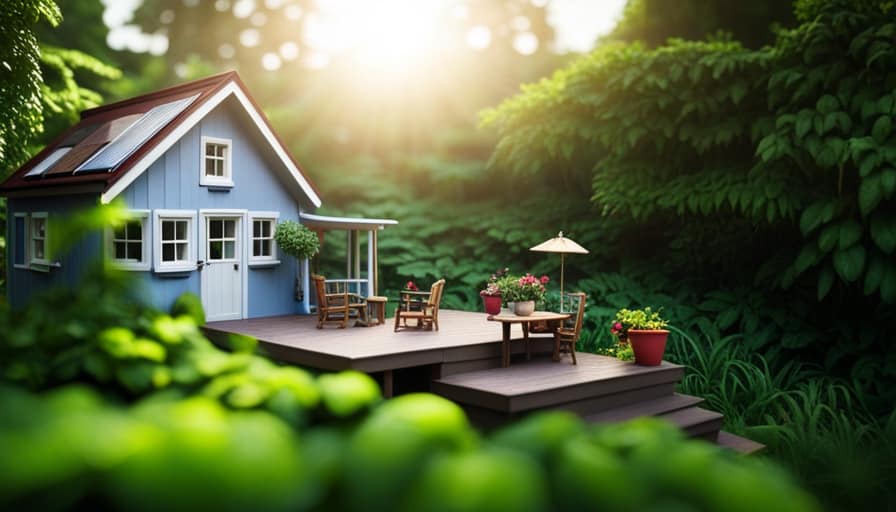
Are There Any Specific Types of House Plants That Are More Prone to Infestations?
Certain house plants, like lavender and marigolds, have natural repellent properties that can help prevent infestations. It’s important to choose plants that are known to repel bugs and to regularly inspect and clean your plants to avoid any potential infestations.
Can These Bugs Spread From One House Plant to Another?
Oh, the joy of tiny white bugs on house plants! Yes, these pests can spread from one plant to another. To control them, use insecticides and watch out for signs of infestation like sticky residue or wilting leaves.
How Often Should I Check My House Plants for Signs of Infestation?
I check my house plants for signs of infestation regularly to ensure their health. Common signs include tiny white bugs and yellowing leaves. Preventative measures like proper watering and cleaning can help keep plants bug-free.
Conclusion
In conclusion, taking care of our house plants goes beyond watering and sunlight. Identifying and eliminating tiny white bugs is a crucial part of maintaining a healthy environment for our plants.
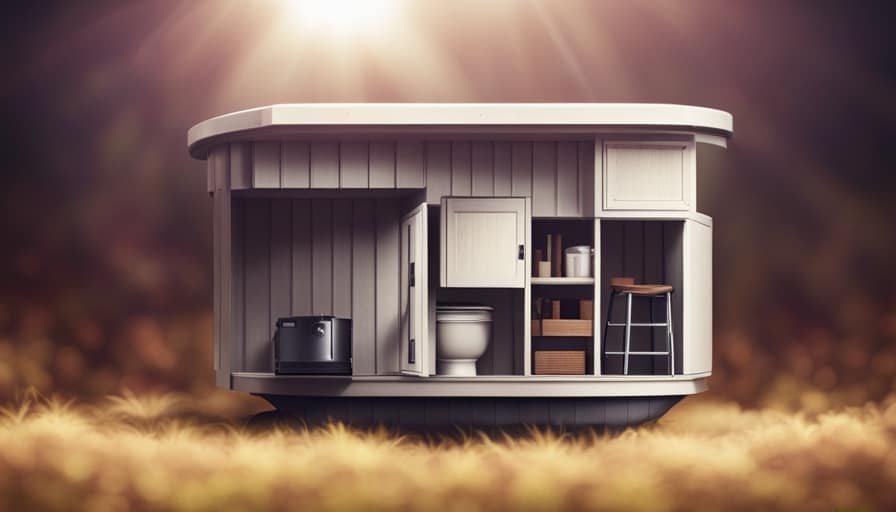
By understanding the causes of infestation and using natural or chemical remedies, we can ensure a bug-free environment. Remember, prevention is key, so regularly inspect your plants and take necessary measures to keep them thriving.
Happy gardening!
I’m Theodore, and I love tiny houses. In fact, I’m the author of Tiny House 43, a book about tiny houses that are also tree houses. I think they’re magical places where imaginations can run wild and adventures are just waiting to happen.
While tree houses are often associated with childhood, they can be the perfect adult retreat. They offer a cozy space to relax and unwind, surrounded by nature. And since they’re typically built on stilts or raised platforms, they offer stunning views that traditional homes simply can’t match.
If you’re looking for a unique and romantic getaway, a tree house tiny house might just be the perfect option.
Beginners Guides
How Do I Get Rid of Tiny Moths in My House

I have experienced the frustration of dealing with tiny moths flying around my food in the kitchen. But do not worry, I have a solution for you.
In this article, I’ll show you how to banish those pesky moths from your house for good. We’ll dive into identifying different moth species, understanding what attracts them, and simple prevention techniques you can implement.
Plus, I’ll share some natural remedies and professional options as a last resort. Say goodbye to those unwanted guests!
Key Takeaways
- Identifying the specific moth species is crucial for implementing targeted control measures.
- Moths are attracted to food sources, fabrics, and organic materials, so it’s important to store food in airtight containers and keep the house clean.
- Moths prefer dark, undisturbed areas to lay their eggs, so sealing cracks and openings in walls, windows, and doors can help prevent infestation.
- If natural remedies and DIY methods fail, it is advisable to seek professional pest control services for thorough inspection and tailored treatment plans.
Identifying the Culprits: What Type of Moth Is Invading Your Home
I can’t figure out what kind of moth is infesting my home. It’s frustrating not knowing the exact species, as different moths have different behaviors and habits. Identifying the culprits is crucial in order to effectively address the problem.
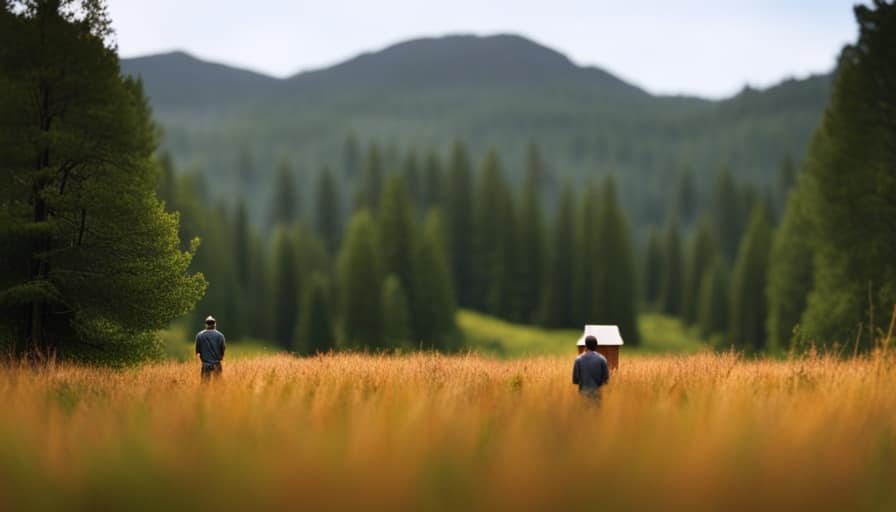
There are several common moth species that are known to invade homes, such as the Indian mealmoth, clothes moth, and pantry moth. Each species has distinct characteristics that can help with identification. Understanding their behavior is also important as it can give insights into their lifecycle and potential sources of infestation.
Moths are attracted to food sources, fabrics, and other organic materials. They can lay eggs in stored grains, textiles, or even pet food. By understanding the specific species and their behavior, it becomes easier to implement targeted control measures and prevent further infestations.
Understanding the Infestation: Why Are Moths Attracted to Your House
To effectively address the infestation, it’s essential to understand why moths are attracted to your house. Here are four reasons why moths may be flocking to your home:
-
Food sources: Moths are attracted to food, especially grains, cereals, and dried fruits. They can easily find their way into your pantry and feast on these items.
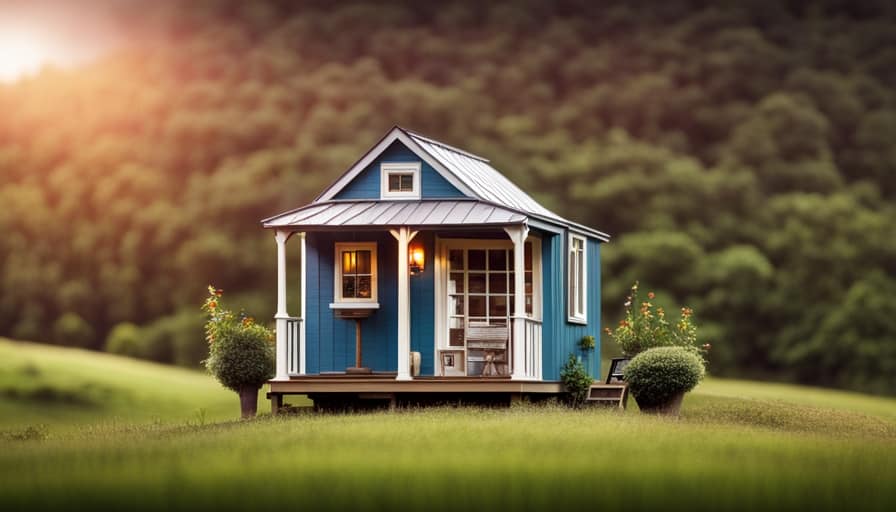
-
Moisture and humidity: Moths thrive in damp environments, making your house an ideal breeding ground if there are areas with high humidity or water leaks.
-
Suitable habitat: Moths are drawn to dark, undisturbed areas where they can lay their eggs undisturbed. This includes closets, attics, and basements.
-
Outdoor attraction: Moths can be attracted to your house from the outside, especially if you have outdoor lights that are left on at night.
Understanding moth behavior and their attraction to your house is crucial in preventing further infestation. By addressing these factors, you can take steps to keep moths at bay and protect your home.

Here are some moth prevention tips:
- Store food in airtight containers.
- Keep your house clean and free of crumbs or spills.
- Fix any leaks or moisture issues promptly.
- Use moth repellents or traps in vulnerable areas.
Prevention Is Key: Simple Steps to Keep Moths From Entering Your Home
Prevention is essential, so I’ll share some simple steps to keep moths from entering your home. By taking a proactive approach, you can create an inhospitable environment for moths and minimize the risk of infestations. One effective method is to use moth repellent products, such as sachets or sprays, in areas where moths are commonly found. These repellents contain chemicals that deter moths from entering your home. Additionally, it is crucial to seal any cracks or openings in your walls, windows, and doors. Moths can easily slip through these tiny gaps, so using caulk or weatherstripping can help keep them out. Regularly vacuuming and cleaning your home can also eliminate moth eggs or larvae that may be hiding in carpets or corners. By implementing these preventive measures, you can ensure a moth-free home environment.
| Steps to Keep Moths Away | |
|---|---|
| Use moth repellent products | Seal cracks and openings |
| Regularly vacuum and clean |
Natural Remedies: Non-Toxic Solutions to Get Rid of Moths
One effective way to get rid of moths naturally is by using a combination of vinegar and water to create a non-toxic moth spray. Here are some natural remedies you can try:
-
Vinegar and water spray: Mix equal parts vinegar and water in a spray bottle. Spray this solution on areas where moths are present, such as closets, drawers, and pantry shelves. The strong odor of vinegar repels moths and prevents them from laying eggs.
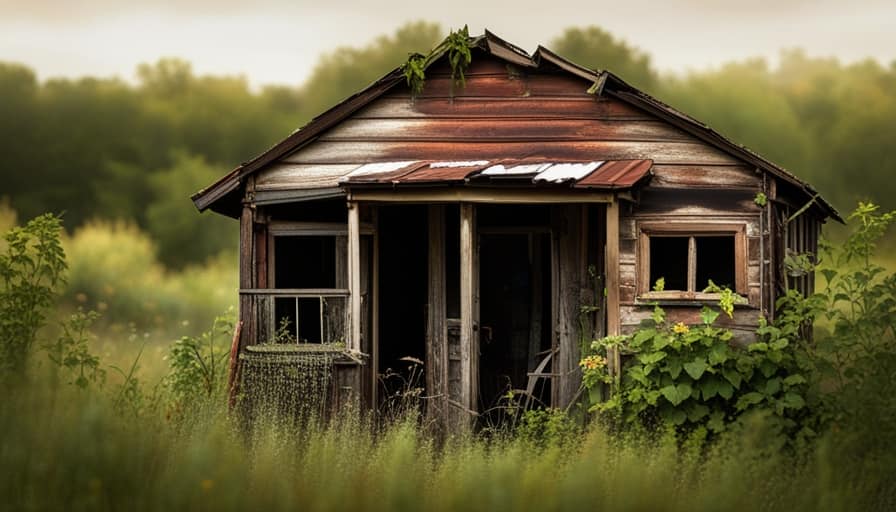
-
Cedar chips: Moths dislike the smell of cedar, so placing cedar chips in your closets and drawers can help deter them. You can also use cedar oil or cedar sachets for the same effect.
-
Homemade traps: Create simple moth traps by placing a mixture of vinegar, sugar, and dish soap in a bowl. The sweet scent attracts moths, and the dish soap traps them when they try to land on the mixture.
-
Lavender sachets: Moths are repelled by the fragrance of lavender. Place dried lavender in small sachets and tuck them in your clothing drawers or hang them in your closets.
These natural repellents and homemade traps can help you get rid of moths without using toxic chemicals. However, if these methods fail to eliminate the infestation, it may be time to consider professional pest control options.
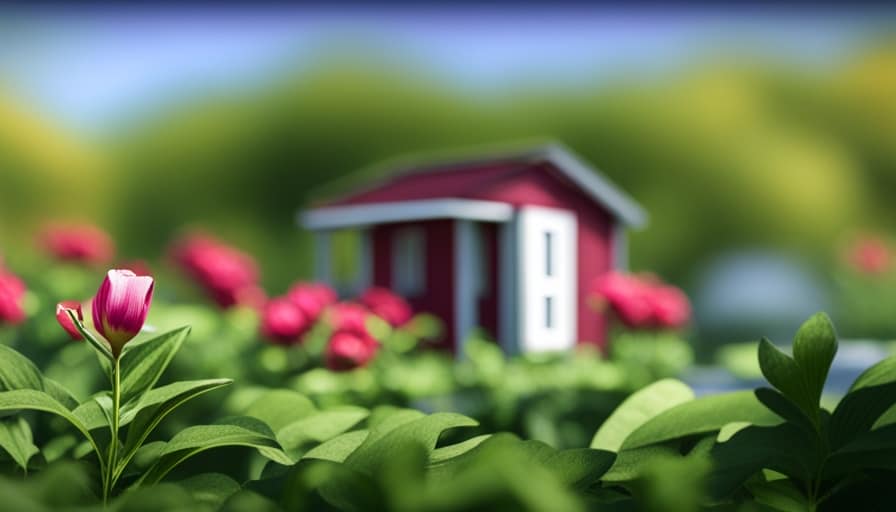
Last Resort: When All Else Fails, Professional Pest Control Options
If I’ve exhausted all other options, I’ll contact a professional pest control service to eliminate the moth infestation in my house. While natural remedies and DIY methods can be effective for small infestations, sometimes the problem persists or worsens despite our best efforts.
This is when it’s crucial to call in the experts. Professional pest control services have the knowledge, experience, and resources to effectively eradicate moth infestations. They’ll conduct a thorough inspection of your home to identify the source of the infestation and develop a tailored treatment plan.
The benefits of hiring professionals include their expertise in identifying different moth species, their access to specialized equipment and pesticides, and their ability to ensure the complete eradication of the infestation.
When all else fails, it’s best to rely on the expertise of professional pest control services to rid your home of those persistent moths.

Frequently Asked Questions
Can Moths Cause Any Damage to My House or Belongings?
Moths can cause damage to fabrics, carpets, and stored food. It’s important to address a moth infestation promptly. Using natural moth repellents, like lavender or cedar, can help deter them from your house and protect your belongings.
Are All Types of Moths Attracted to Homes, or Are There Specific Species That Are More Common?
In the world of moths, certain species have a penchant for our cozy homes. Understanding the types commonly found indoors can help us prevent the dreaded infestations from taking hold in the first place.
How Long Does It Usually Take to Get Rid of a Moth Infestation Using Natural Remedies?
Using natural remedies to get rid of a moth infestation can be effective, but the time it takes varies depending on the severity. Common signs of an infestation include sightings of adult moths and larvae, as well as damaged fabrics or food products.
Can Moths Carry Diseases or Pose a Health Risk to Humans?
Moths can transmit diseases to humans, so it’s important to take precautions. Individuals with allergies or asthma may experience respiratory issues due to moth infestations in homes.

Are There Any Specific Plants or Herbs That Repel Moths and Can Be Used as Natural Remedies?
Using natural moth repellents, such as specific plants and herbs, offers several benefits over chemical alternatives. Creating a moth repelling garden with lavender, rosemary, and mint can effectively deter moths from your house.
Conclusion
In conclusion, it’s essential to address the presence of these minuscule pests in your home promptly. By identifying the specific type of moth invading your space and understanding their attraction, you can take preventive measures to keep them at bay.
Utilizing natural remedies and seeking professional pest control services as a last resort will ensure a moth-free environment without compromising your household’s well-being.
Stay vigilant and employ these effective methods to bid farewell to these unwelcome visitors.
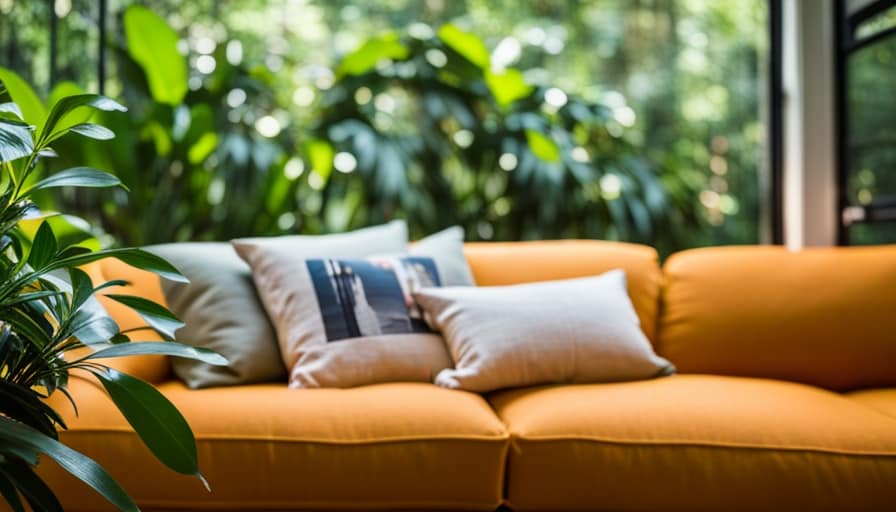
I’m Theodore, and I love tiny houses. In fact, I’m the author of Tiny House 43, a book about tiny houses that are also tree houses. I think they’re magical places where imaginations can run wild and adventures are just waiting to happen.
While tree houses are often associated with childhood, they can be the perfect adult retreat. They offer a cozy space to relax and unwind, surrounded by nature. And since they’re typically built on stilts or raised platforms, they offer stunning views that traditional homes simply can’t match.
If you’re looking for a unique and romantic getaway, a tree house tiny house might just be the perfect option.
Beginners Guides
How Difficult Is It to Build a Tiny House in Colorado Springs

I understand your concerns about building a tiny house in Colorado Springs. However, I can assure you that with the proper knowledge and guidance, it is completely achievable.
In this article, I’ll walk you through the zoning regulations, permitting process, finding suitable land, and navigating building codes. We’ll also discuss securing financing, budgeting, and dealing with utilities.
So, if you’re ready to embark on this rewarding journey, let’s dive in and make your tiny house dreams a reality.
Key Takeaways
- Zoning regulations and building permits are required for constructing a tiny house in Colorado Springs.
- Finding suitable land that complies with zoning regulations is important for placing a tiny house.
- Familiarizing oneself with local building codes and regulations, and following safety guidelines is necessary.
- Researching various financing options and presenting a detailed budget can increase the chances of securing financing for building a tiny house.
Zoning Regulations and Permitting Process
I’ll need to research the zoning regulations and permitting process before starting to build my tiny house in Colorado Springs. Understanding these regulations is crucial as they dictate where and how I can construct my tiny house.
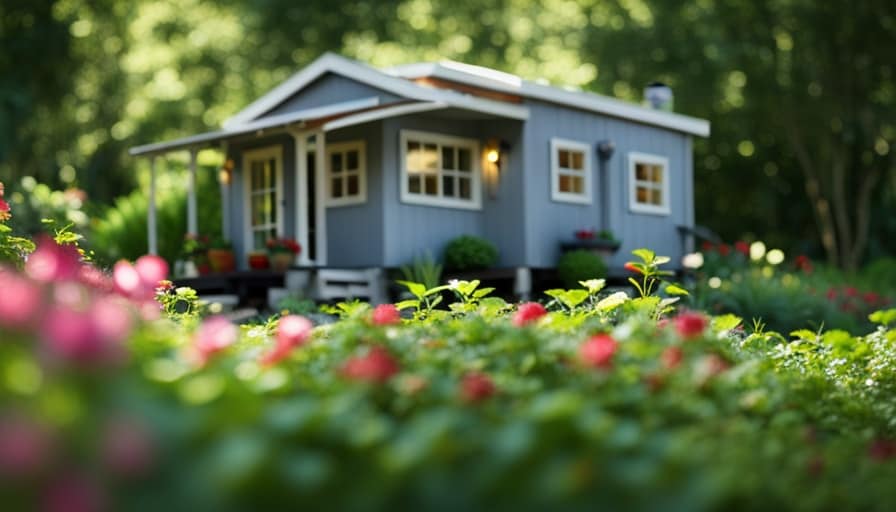
One key aspect to consider is the impact of tiny houses on property values. While some argue that they can decrease property values, others believe that they can actually increase them by adding diversity and uniqueness to the community.
Additionally, one of the challenges I may face is finding legal parking for my tiny house in urban areas. Many cities have restrictions on where tiny houses can be parked, making it essential to find suitable parking options that comply with local regulations.
With these factors in mind, I can now move on to finding suitable land for my tiny house.
Finding Suitable Land for Your Tiny House
After researching the zoning regulations and permitting process, it’s now time to start finding suitable land for my tiny house in Colorado Springs.
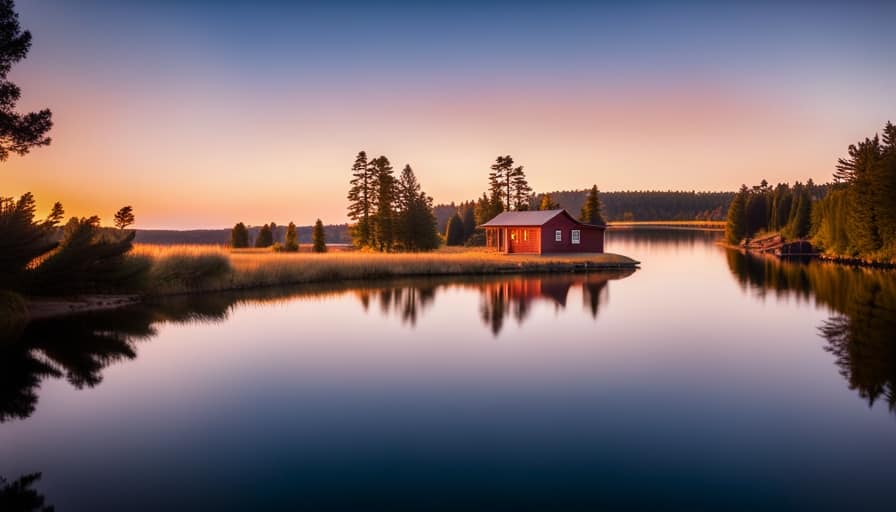
When it comes to finding land for a tiny house, there are a few important factors to consider. One of the major challenges is land availability constraints. Due to the increasing popularity of tiny houses, finding land that allows for their construction can be difficult. It’s important to do thorough research and explore different options, such as contacting local real estate agents or checking online platforms that specialize in tiny house-friendly land.
Additionally, environmental impact considerations are crucial. It’s important to choose a location that minimizes the impact on the surrounding environment and aligns with sustainable practices.
Taking these factors into account will ensure that I find a suitable piece of land for my tiny house in Colorado Springs.
Navigating Building Codes and Inspections
When it comes to navigating building codes and inspections for my tiny house in Colorado Springs, I’ll need to familiarize myself with the local regulations and ensure compliance throughout the construction process. Understanding local regulations is crucial to avoid any legal issues and ensure that my tiny house meets all the necessary requirements.
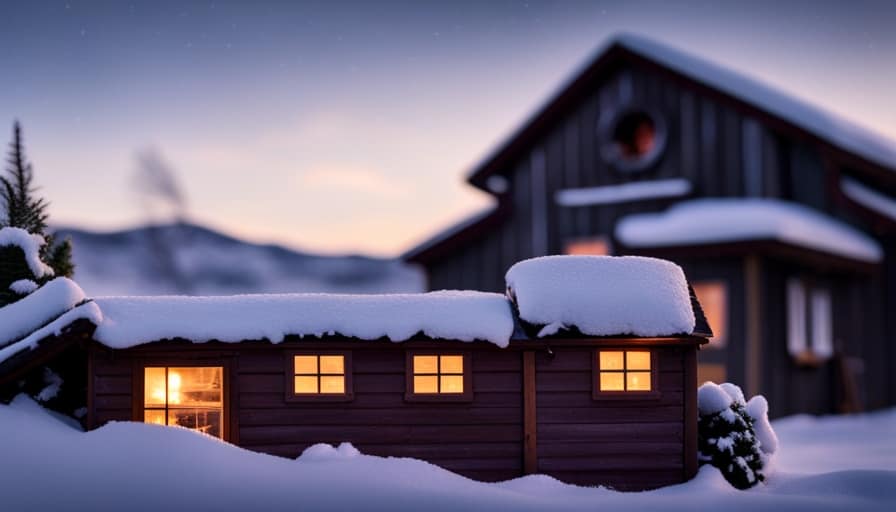
This includes obtaining proper permits, adhering to zoning laws, and following safety guidelines. To ensure a smooth process, I may consider hiring a professional builder who’s well-versed in local building codes and has experience with tiny house construction. Their expertise and knowledge will help me navigate the intricacies of the regulations and ensure that my tiny house is built according to the highest standards.
By understanding the local regulations and working with a professional builder, I can confidently proceed with my project while complying with all necessary codes and inspections.
With the building codes and inspections in mind, the next step is to secure financing and budget for my tiny house project.
Securing Financing and Budgeting for Your Project
To successfully secure financing and budget for my tiny house project in Colorado Springs, I frequently need to research various lenders and explore different funding options. Securing loans for a tiny house can be challenging, as it’s a unique type of project and not all lenders may be familiar with it. However, there are lenders who specialize in providing loans specifically for tiny houses.
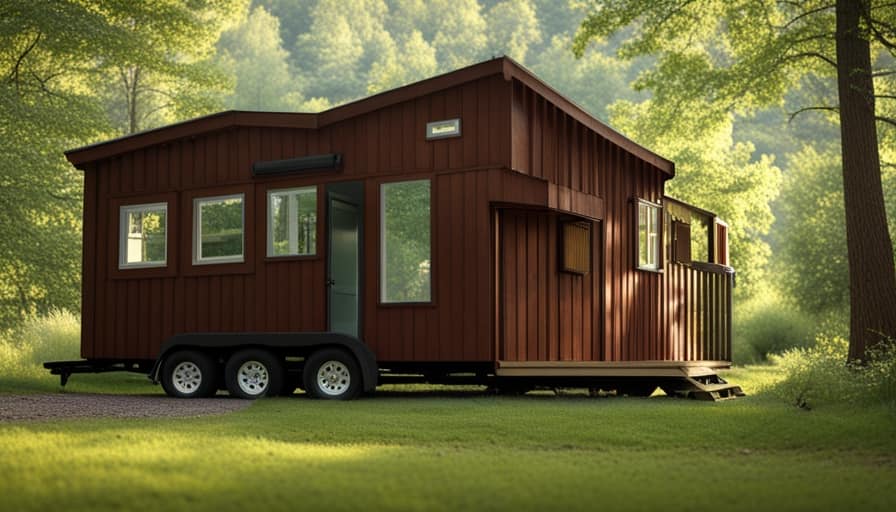
It’s important to gather all the necessary documents and information required by the lenders, such as the cost estimation of the project, including materials, labor, and any additional expenses. By presenting a thorough and well-prepared budget, it increases the chances of securing financing for the project.
Once the financing is secured, it becomes easier to move forward with the next steps of the project, such as dealing with utilities and exploring off-grid options.
Dealing With Utilities and Off-Grid Options
I can explore both traditional utility options and off-grid alternatives when dealing with electricity, water, and sewage in my tiny house in Colorado Springs.
When it comes to off-grid power, there are several options available. Solar panels are a popular choice, harnessing the energy of the sun to generate electricity. Wind turbines can also be used to generate power, particularly in areas with consistent wind patterns. Additionally, hydroelectric power can be harnessed if there’s a suitable water source nearby.
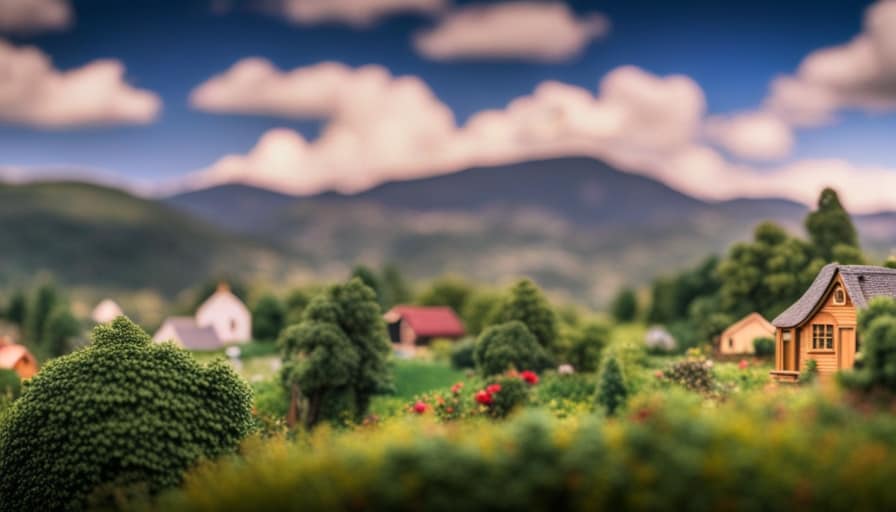
As for water sources, rainwater collection systems can be installed to capture and store rainwater for household use. Digging a well is another option, although it may require permits and additional expenses.
Lastly, composting toilets can be used to manage sewage in an off-grid tiny house, eliminating the need for traditional plumbing systems.
Frequently Asked Questions
What Are the Advantages of Building a Tiny House in Colorado Springs Compared to Other Cities in Colorado?
Building a tiny house in Colorado Springs has many advantages compared to other cities in Colorado. The city has a thriving tiny house community, supportive regulations, and an abundance of natural beauty to enjoy.
Are There Any Specific Design Requirements for Tiny Houses in Colorado Springs?
There are specific design requirements for tiny houses in Colorado Springs, including building regulations that must be followed. It is important to be knowledgeable about these requirements to ensure a successful and compliant build.

How Long Does the Zoning and Permitting Process Usually Take in Colorado Springs?
The zoning and permitting process in Colorado Springs can be a challenge. It takes time to navigate through the requirements and obtain the necessary approvals. However, with proper guidance and patience, it is possible to build a tiny house in Colorado Springs.
Are There Any Restrictions on Living in a Tiny House on Wheels in Colorado Springs?
Living in a tiny house on wheels in Colorado Springs comes with restrictions. Tiny house parking options are limited, and building codes for tiny houses must be followed. It can be challenging, but not impossible.
Can I Rent Out My Tiny House as an Airbnb in Colorado Springs?
Renting out a tiny house as an Airbnb in Colorado Springs is possible, but there are regulations to follow. It’s important to familiarize yourself with local zoning laws and obtain any necessary permits before listing your tiny house as a rental property.
Conclusion
Building a tiny house in Colorado Springs may be challenging due to zoning regulations, finding suitable land, navigating building codes, securing financing, and dealing with utilities.
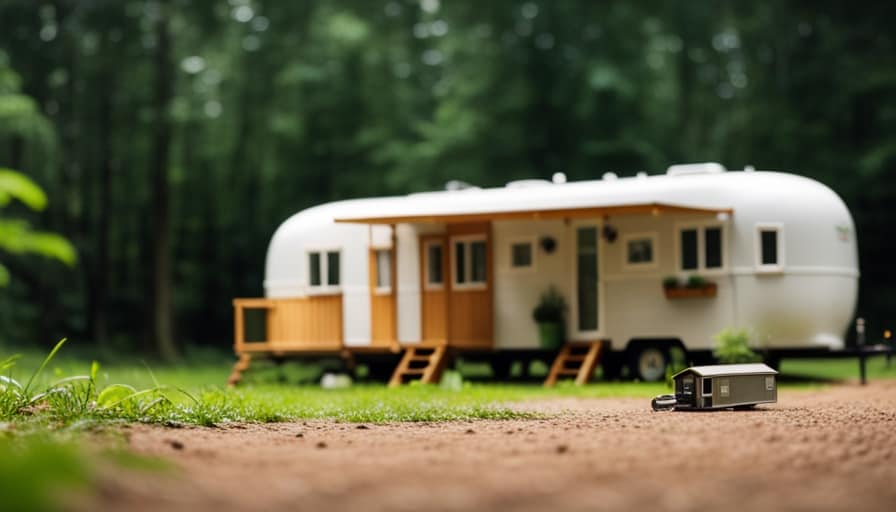
However, with determination and thorough research, it’s possible to overcome these obstacles.
For example, Sarah, a Colorado Springs resident, successfully built her own off-grid tiny house by carefully selecting land outside city limits, obtaining the necessary permits, and utilizing solar power.
Her experience demonstrates that with proper planning and knowledge, building a tiny house in Colorado Springs can be a rewarding and sustainable endeavor.
I’m Theodore, and I love tiny houses. In fact, I’m the author of Tiny House 43, a book about tiny houses that are also tree houses. I think they’re magical places where imaginations can run wild and adventures are just waiting to happen.
While tree houses are often associated with childhood, they can be the perfect adult retreat. They offer a cozy space to relax and unwind, surrounded by nature. And since they’re typically built on stilts or raised platforms, they offer stunning views that traditional homes simply can’t match.
If you’re looking for a unique and romantic getaway, a tree house tiny house might just be the perfect option.
-

 Beginners Guides2 weeks ago
Beginners Guides2 weeks agoHow To Buy A Tesla Tiny House
-

 Energy Efficiency2 months ago
Energy Efficiency2 months agoBest Tiny Homes For Cold Climates
-

 Beginners Guides1 week ago
Beginners Guides1 week agoTiny House Nation Where Are They Now Stephanie
-

 Tiny House Resources (e.g., legalities, cost, insurance, FAQs)2 months ago
Tiny House Resources (e.g., legalities, cost, insurance, FAQs)2 months agoDo Tiny Homes Need Planning Permission?
-

 Beginners Guides3 weeks ago
Beginners Guides3 weeks agoFrom The Show Tiny House Nation How Many Keep Their Tiny House?
-

 Beginners Guides2 months ago
Beginners Guides2 months agoUsing a Climbing Net For Treehouse Construction
-

 Beginners Guides2 months ago
Beginners Guides2 months agoHow to Build a Treehouse Without Drilling Into the Tree
-

 Beginners Guides3 weeks ago
Beginners Guides3 weeks agoTiny House Nation Who Pays For The Houses





